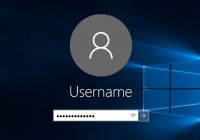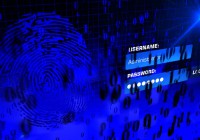Event Log Explorer Forensic Edition Preview
Several days ago, we published a preview of the new edition of Event Log Explorer software – Forensic Edition! Here I will show what benefits you can get from this edition. First, I should say that currently it is fully compatible with the standard edition of Event Log Explorer – it uses the same workspace, the same settings and currently the same registration key. By… Read More »




